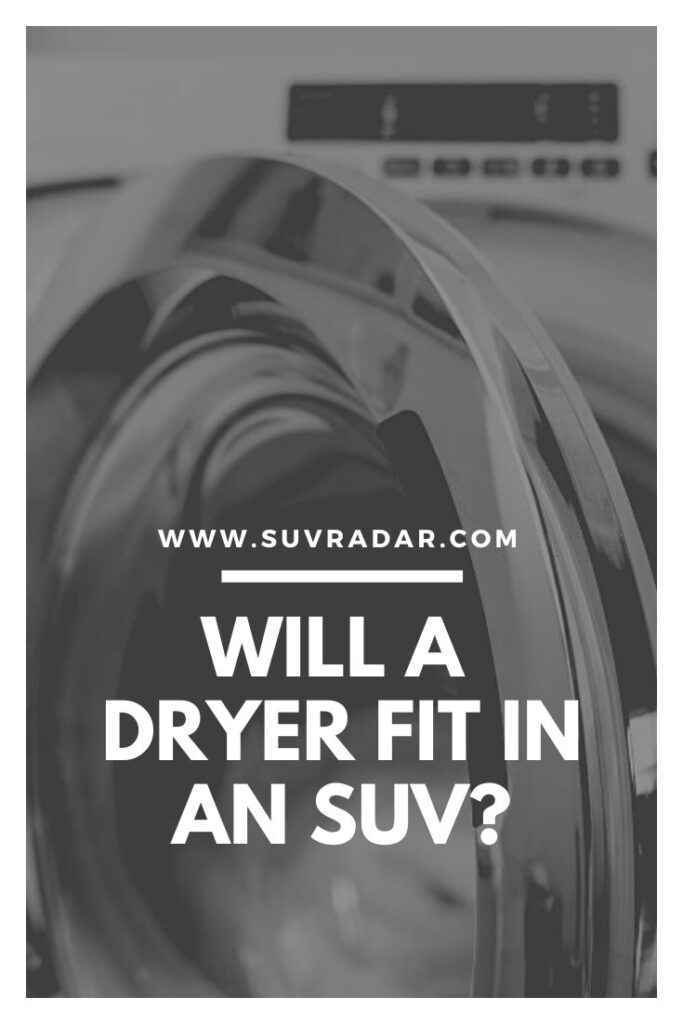A dryer is an electrical or gas-powered household appliance that is used to remove water and moisture from freshly washed fabrics and clothing items.
It speeds up the drying process and saves time that would have been spent drying clothes on a line outside.
A washer, on the other hand, is also known as a washing machine. As the name implies, it is used to wash clothes and other fabrics. It is designed to remove dirt, stains, and odors from laundry items, leaving them clean and spotless.

How do dryers and washers work?
Washers clean clothes by moving them around in a circular motion for a specific period of time. They require a water supply system and detergent.
Washers offer various washing cycles to cater to different fabric types and levels of dirtiness. These washing cycles help to loosen dirt and distribute the detergent evenly. They range from delicate to heavy-duty settings and also help in the rinsing process.
Dryers, on the other hand, work by tumbling the washed clothes in a rotating drum while blowing hot air through the drum while agitating and exposing it to the warm air.
The source of air in the dryer can be gas or electricity. This presence of heat helps the moisture leave the clothes and move into the air through evaporation.
The various heat setting options are low heat, medium heat, high heat, and delicate drying. Different fabrics require drying in different ways in order to prevent damage or shrinkage.
Both the dryer and the washer are essential for modern laundry routines. Many washers and dryers are built together for greater efficiency.
This single-unit appliance is known as a washer-dryer combo or a laundry center. They perform both washing and drying functions while saving space due to their compact size.
They also save time, as you don’t need to move the clothes manually from a washer to a dryer. The unit drum simply switches from washer mode to dryer mode.
Note, however, that you might not be able to do much laundry at a time because of the limited space and might have to wait longer before the drying process is complete.
Your decision to choose a washer-dryer combo or separate washing, in the end, depends on your specific needs, available space, and laundry habits.
If you have a large space and want to wait less time for drying while being able to load larger capacities, then you’ll most likely prefer a separate washer and dryer.
If space is limited, however, you might go with the convenience of an all-in-one unit.
Dryers and Washers Dimensions
Standalone Dryers
The standard dimensions for a standalone clothes dryer range from 27 to 29 inches in width to 28 to 32 inches in depth and 42 to 44 inches in height for top-load washers to a range of 27 to 29 inches in width, 30 to 35 inches in depth, and 36 to 41 inches in height for front – load washers.
Standalone Washers
The measurements for clothes washers range from a width of 27 to 29 inches, a depth of 28 to 32 inches, and a height of 42 to 44 inches for top-load washers to a width of 27 to 29 inches, a depth of 30 to 35 inches, and a height of 36 to 41 inches for a front-load washer.
Washer-Dryer Combo
These units are designed to fit on top of each other, with the dryer sitting on top of the washer. Their dimensions typically range from 24 to 27 inches in width, 23 to 28 inches in depth, and 70 to 75 inches in height.
Note that these are approximate dimensions, and the specific dimensions may vary depending on the brand and model of the dryer.
Can you transport a dryer in a Car?
Transporting large appliances in a car can be quite challenging and potentially dangerous if not done correctly.
Before you proceed to move your dryer using a car, you must first consider the car’s weight. Making sure that it is not less than that of the dryer and ensuring that it does not compromise the driver’s ability to operate the vehicle safely.
If you have a travel-sized or compact dryer, it is possible to fit it in cars with enough trunk space or backseat room.
However, if you want to transport a standard-sized dryer or a dryer-washer combo, it is advisable to use a truck, a minivan, or a professional moving service vehicle with sufficient space and proper equipment to guarantee loading and unloading safety.
Can You Fit a Dryer in an SUV?
The ability to fit a dryer into an SUV depends on several different factors. These factors range from the size of the SUV’s cargo space to the corresponding dimensions of the dryer to be fitted.
Standard dryers might not be able to fit in a small SUV. If you have a compact dryer or a big SUV, however, it may be possible to transport the dryer easily.
Before you start moving your dryer, you have to first measure the dimensions of the dryer and compare them to those of the cargo area in the SUV, considering the difference in size with seats up and down and generally finding out the maximum dimensions allowed for loading large items.
You should also secure the dryer properly in a way that would prevent it from moving around and causing damage to both the dryer and the vehicle. Also, use a blanket or padding to protect the dryer from hitting the edges of the SUV cargo area.
Will a washer fit in a Honda CR-V?
The Honda CR-V is a compact SUV, and compact SUVs generally have limited cargo space compared to larger vehicles.
This cargo space, however, still varies depending on the model year and trim level.
The dimensions of the washer also vary depending on the make and model. To fit a washer into a Honda CR-V conveniently, simply measure the width, depth, and height of the washer and compare them to those of the CR-V cargo area.
You can also follow the steps given in the previous section above to get the best result. You may need to remove any packaging and detachable parts on the washer carefully and safely to fit it into the Honda CR-V.
Also, be mindful of the weight capacity of your CR-V; do not exceed the manufacturer’s recommended load limits to avoid the physical and legal problems that may arise from overloading.
Can You Transport a Dryer or Washer on Its Side?
Transporting appliances like dryers or washers on their side is not advisable. This is because these appliances are designed to be transported and operated in an upright position, and laying them on their sides may cause them to stop working properly.
The internal components of the dryer or washer may shift or break, and the drum can become misaligned or dislodged during transportation, causing the appliance to become unbalanced during operations.
Transporting the appliance on its side can cause leaks in the department that contain moisture and fluid, and this leak can cause an electric shock and even bigger electrical hazards.
If you need to move a washer or dryer to a new location, it’s essential to keep the appliance upright and secure during transit.
If you’re hiring professional movers, make sure they have the knowledge of the proper handling and transportation techniques required by the manufacturing company of these appliances.
Closing the curtain
Dryers and washers are technological appliances that make laundry easy and stress-free. The process of transporting them, however, can be quite stressful if you don’t have the knowledge required.
Dryers and washers come in different dimensions, and so do SUV cars. What matters is finding the car that is most suitable for transporting your washer or dryer and doing everything possible to ensure that it is transported safely.
A perfectly transported dryer and washer will give you the satisfaction you require and save you the extra cost you would have spent on damages.




